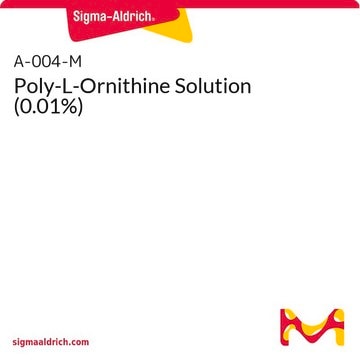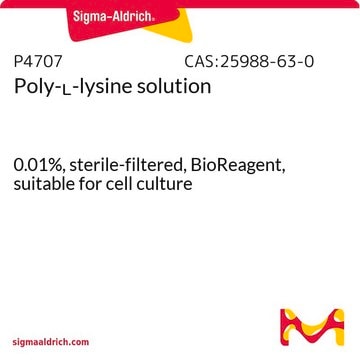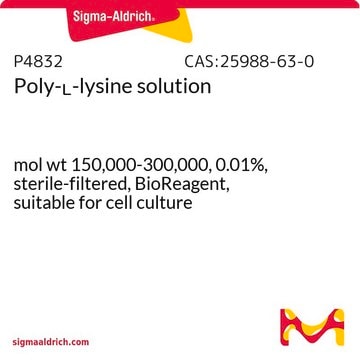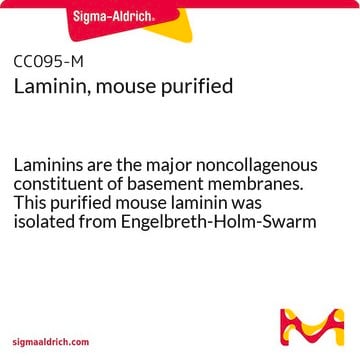This product is a 0.01% or 100 ug/mL solution. The recommended surface coverage for this product is 4 μg/cm2. Provided the surface area of the vessel accommodates this concentration, the product may be used undiluted. A T-25 Tissue Culture flask has a surface area of 25 cm2.
In this case. 1 mL of the undiluted product would be sufficient to coat the entire culture surface. Conversely, a 96 well flat bottom plate will have a culture area of approximately 0.150cm2 requiring approximately 0.6 ug to coat the surface. In this example, it may be more practical to dilute to a practical volume. Surfaces may be coated at room temperature. Incubate at least 5 minutes before removing excess solution. Coated vessels may be sterilized by UV and stored in a sealed container for up to 1 year. Avoid using coated vessels or slides that have any yellowing or changes in the surface appearance as this is an indication of degradation.












